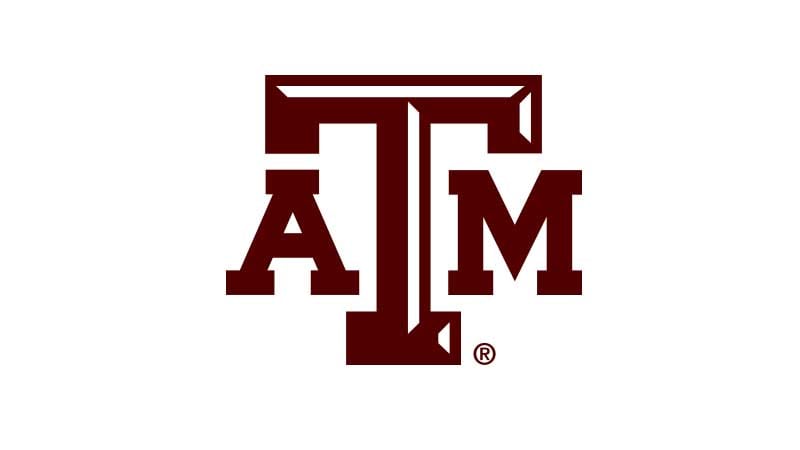Texas A&M “Surfing Robot” tracks Harvey impacts in Gulf

Hurricane Harvey struck the Texas coast on August 25th as a powerful Category 4 storm. It broke the all-time U.S. tropical cyclone rain record and researchers say about 11 trillion gallons of freshwater fell from the sky.
A research team at Texas A&M is tracking that freshwater plume and its impact.
“We knew there was a lot of suffering going on in Houston and there was people’s lives that were being impacted," said Steve DiMarco. He is the team leader of the Geochemical and Environmental Research Group at Texas A&M. That team partnered with Liquid Robotics to create the Gulf Explorer. It's a smart surfboard that collects temperature and salinity values to give water density data.
"Those two things we can tell a lot about how the currents are moving, how things are mixing out in the ocean, how much energetics are going on," said DiMarco.
With 11 trillion gallons of freshwater flowing out of river deltas into the Gulf of Mexico, there could be negative impacts.
“Now the surface fresh water and then the saltier ocean water beneath it when that happens, you can have a capping effect," states DiMarco.
That means dangerously low salinity, low oxygen levels, and harmful algae blooms are possible.
“Our thought was that it could threaten the wildlife and the ocean life that was at the Flower Garden Banks," said DiMarco.
The Flower Garden Banks are beautiful coral reefs about 100 miles south of Galveston.
“It was September 8th, that we got out onto the ocean and we deployed that it was just off of Galveston maybe 10 miles," DiMarco said.
They sent the Gulf Explorer to see where the fresh water ends and the ocean water begins.
“We got about 35 miles out before we started seeing the oceanic water so it was about halfway to the Flower Garden Banks at that time," explains DiMarco.
For the next 60 days, this was supposed to be the Gulf Explorer’s mission. The mission only lasted for 46.
“We found that the wave glider probably was struck by a ship so at that point it became the mobilization of a rescue. And we have it back in the lab right now, it looks like the damages is moderate to minimal it's able to be repaired.," Dimarco said.
While the wave glider is being repaired, researchers are pouring over the data already collected.
“The freshwater plume in the Galveston region only got about 35 miles offshore so it didn't make it all the way out to the Flower Garden Banks," DiMarco said.
While that is good news, there's still more to be explored.
“The freshwater plume once it came out of Galveston, Galveston Bay, it turned to the right. The last that we have of the data is that it was off South Padre Island," said DiMarco.
Where that freshwater goes next is for the Gulf Explorer to find out and hopefully soon.
“Every minute that it is back in the lab it's not collecting data so I want it to collect data not dust in the lab," DiMarco said.
Dr. DiMarco’s plan is to get the Gulf Explorer back out to the Flower Garden Banks for another 60 to 90 days as soon as possible.









